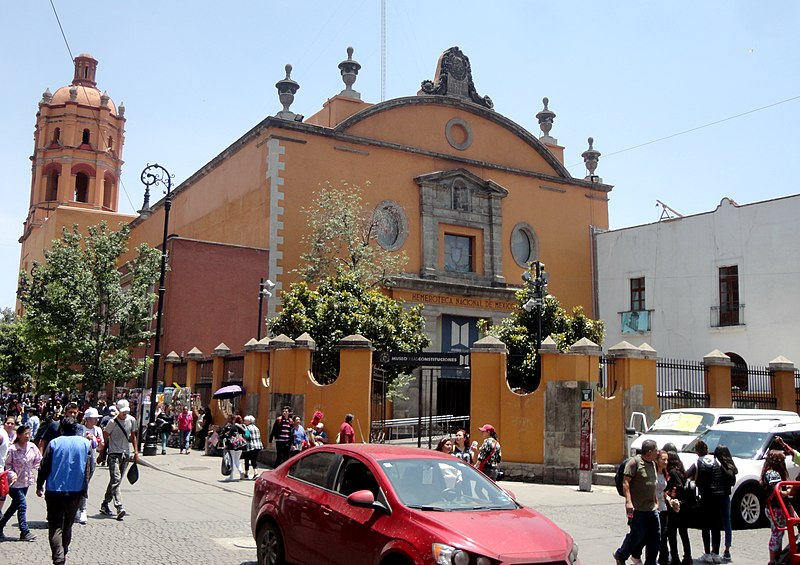
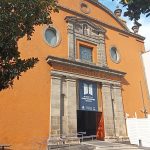 The first Jesuit institution in the Viceroyal capital came to be with important help from Alonso de Villaseca. It was the largest Jesuit educational building in the city. Over time, it became the most specialized and modern of Jesuit schools. It completed the formation of Jesuit novices and taught in indigenous languages with a generous endowment for its own maintenance. The temple eventually became one of the richest and most luxurious of New Spain, but nothing remained of it after the expulsion of the Jesuits in 1767.
The temple later served as a debate hall for the first Mexican Constitutional Congress. It thus became the site of the promulgation of the first constitution. Later, the facilities were used as a national newspaper library and science museum. Today it preserves one of the first works of Mexican muralism, the murals, sculptures, tiles and stained glass windows of a team headed by Roberto Montenegro and made between 1922 and 1930.
The first Jesuit institution in the Viceroyal capital came to be with important help from Alonso de Villaseca. It was the largest Jesuit educational building in the city. Over time, it became the most specialized and modern of Jesuit schools. It completed the formation of Jesuit novices and taught in indigenous languages with a generous endowment for its own maintenance. The temple eventually became one of the richest and most luxurious of New Spain, but nothing remained of it after the expulsion of the Jesuits in 1767.
The temple later served as a debate hall for the first Mexican Constitutional Congress. It thus became the site of the promulgation of the first constitution. Later, the facilities were used as a national newspaper library and science museum. Today it preserves one of the first works of Mexican muralism, the murals, sculptures, tiles and stained glass windows of a team headed by Roberto Montenegro and made between 1922 and 1930.
Heart of México Walking Route: Loreto-San Ildefonso Route
< < Mercado AbelardoL. Rodríguez | Colegio de San Ildefonso > >
Proyecto “Corredor de Cultura Digital”.
Nombre de la investigación: Investigación Centro Histórico, Monumentos, Edificios y Puntos de Interés (2023)
Dirección de investigación y diseño de Rutas: Acércate al Centro A.C. Guadalupe Gómez Collada
Coordinación e investigación histórica: Fideicomiso del Centro histórico Dir. Maestra Loredana Montes
 museoconstituciones@gmail.com
museoconstituciones@gmail.com
 +52 (55) 5702 9815
+52 (55) 5702 9815
 http://museodelasconstituciones.unam.mx/nuevaweb/
http://museodelasconstituciones.unam.mx/nuevaweb/
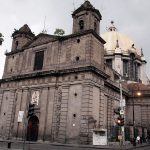
Nearest at 0.06 kms.
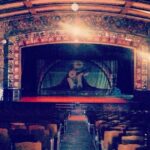
Nearest at 0.07 kms.
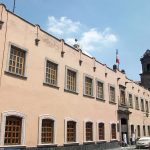
Nearest at 0.11 kms.

Mexico City's historic and first-recognized Jewish temple . . .

A modern graphic collection in an outstanding Baroque palace from the 18th century.
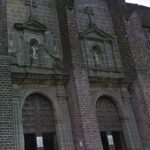
A striking Baroque work by Pedro de Arrieta stands the test of time.
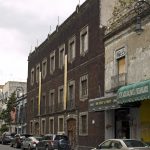
One of Mexico City's earliest temples is today a cultural center and museum.

One of the most striking Neoclassical churches in the city center, the Church of Nuestra Señora de Loreto is also one of the most crooked.